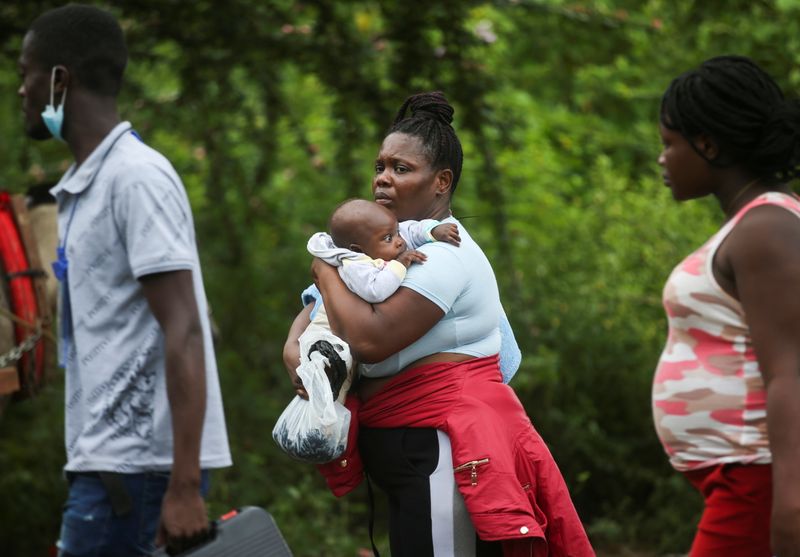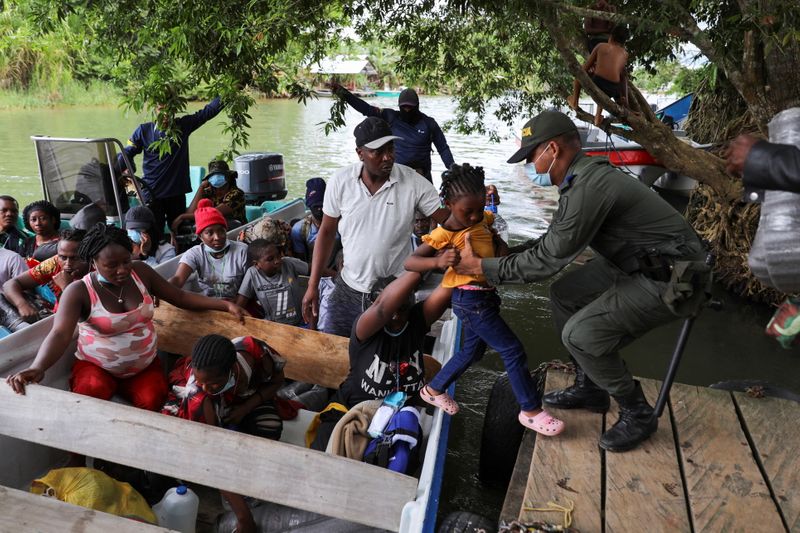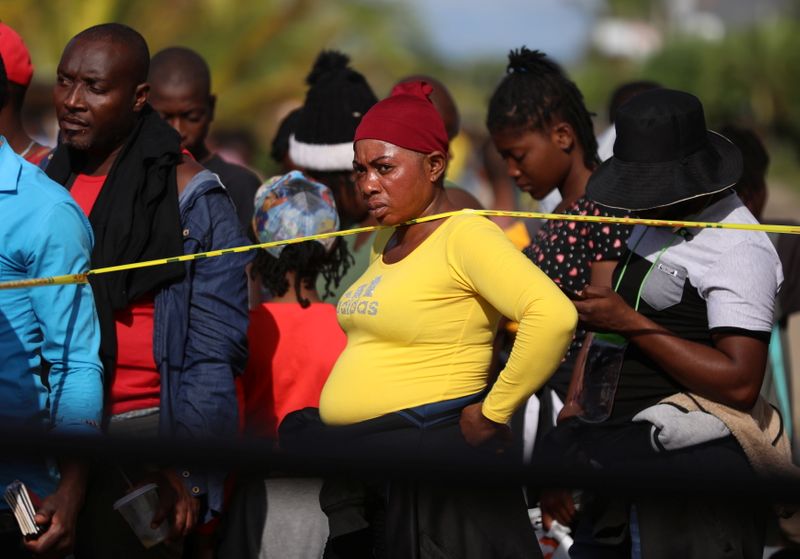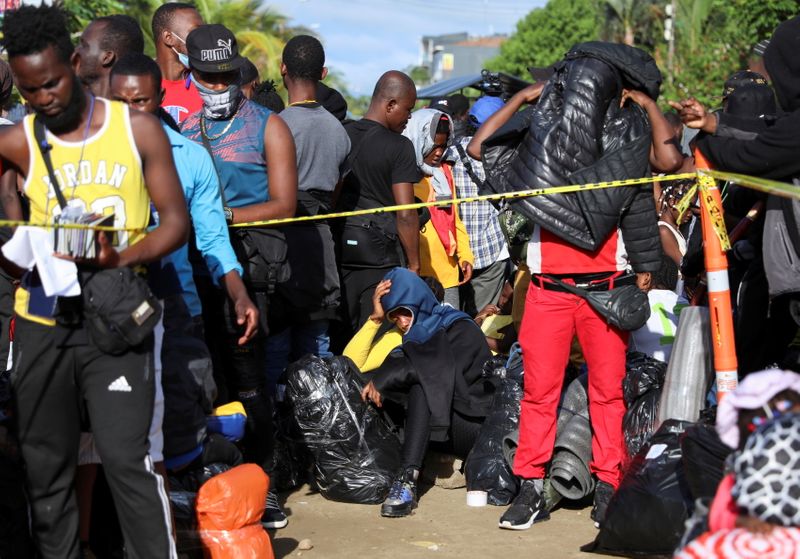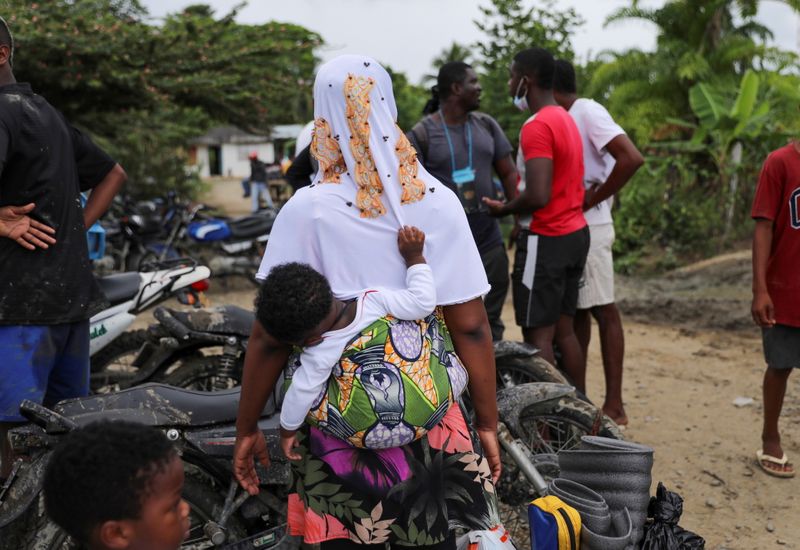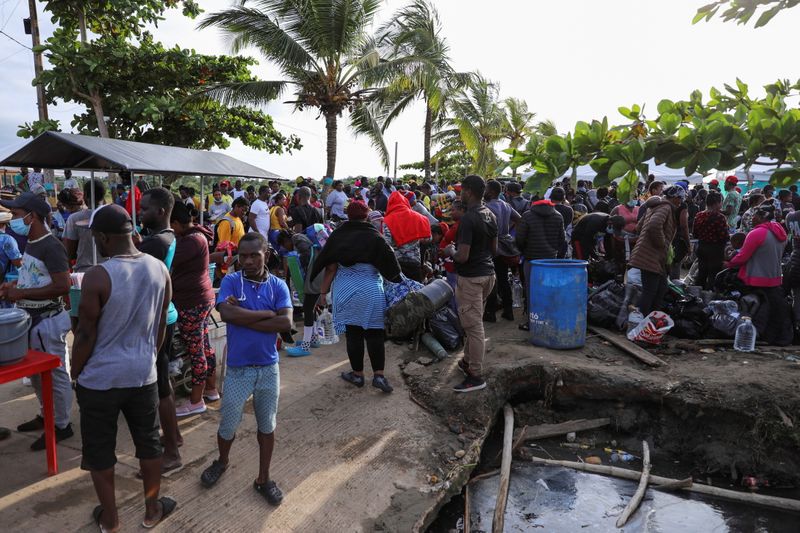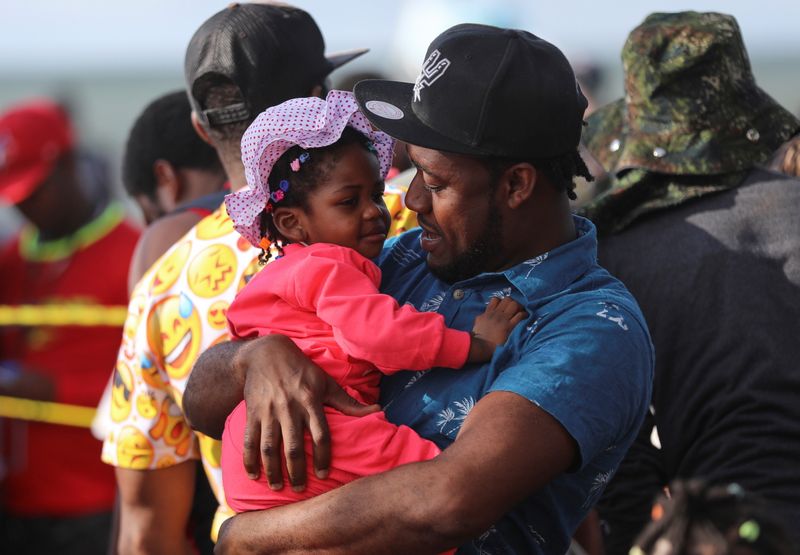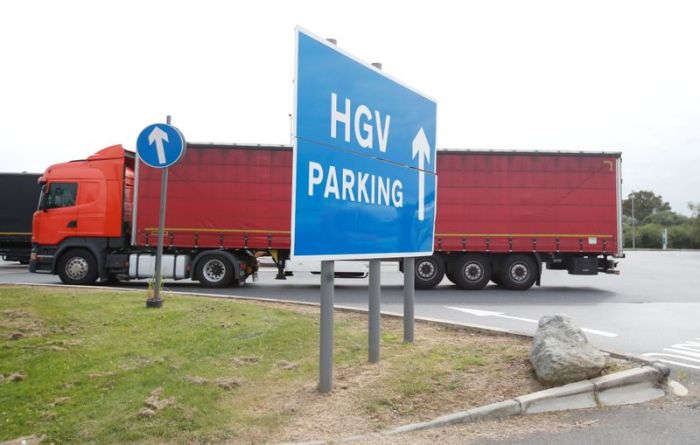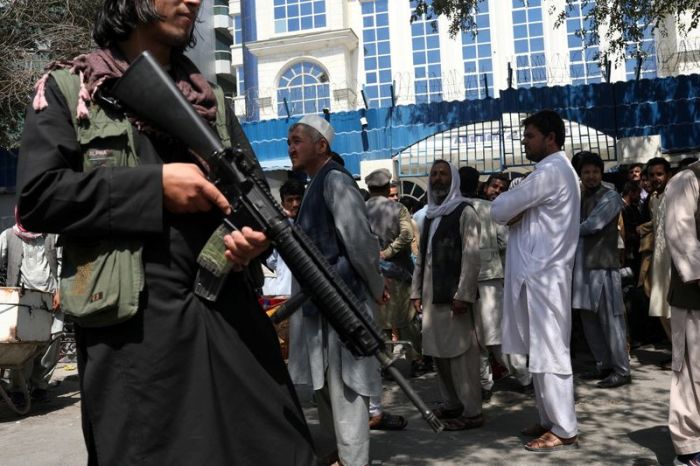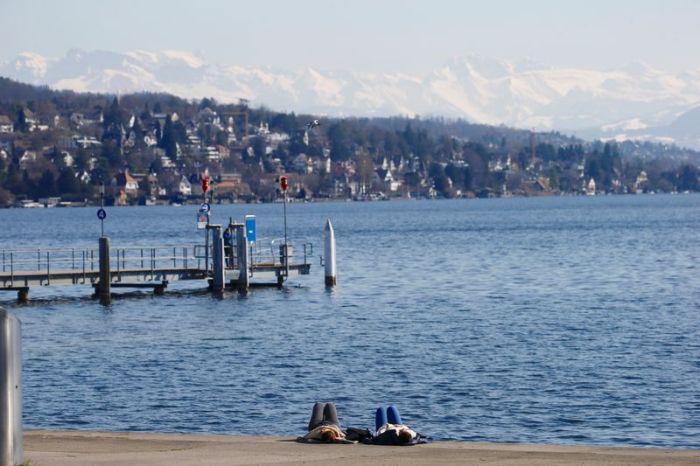NECOCLI, Colombia (Reuters) – Many Haitian migrants heading north through Colombia are weighing whether to continue their journey to the United States, after more than a thousand were deported from the U.S.-Mexico border this past week.
Some 16,000 migrants are stuck in the northern Colombian beach town of Necocli, awaiting their turn on limited boat transport toward the jungles of the Darien Gap in Panama, where smugglers guide groups through the treacherous region.
Tens of thousands of migrants pass through Necocli annually, but the lifting of COVID-19 border closures this year has sent the number of migrants soaring, with the worsening bottleneck overtaxing the town’s utilities and social services.
Some migrants are weighing where to stop on their journey, they told Reuters, after the United States deported 1,400 Haitian nationals who had gathered in camps on both sides of U.S.-Mexico border – back to Caribbean nation since Sunday.
“Some are fighters who are not going to give up their dreams,” said Haitian migrant Gabriel from Necocli’s port.
Those determined to help families back home may wait in Mexico before attempting to enter the United States, said Gabriel, who did not give his surname.
“Everyone is awaiting a decision by the government of the United States, to see if this calms down and how they can enter to do the migration process.”
The U.S. special envoy to Haiti resigned on Thursday, blasting the Biden administration for “inhumane, counterproductive” deportations, while Mexico has urged Haitians to return to its frontier with Guatemala to request asylum.
Many migrants have spent years in other Latin American countries like Chile and Brazil before attempting the journey north and now feel their opportunity to enter the United States may be closing.
“What we want is to be allowed through before they shut the borders for us in the United States,” a Venezuelan migrant who would not give his name, but said he had been working in Peru, told Reuters this week. “They are going to take away our dreams.”
Colombia and Panama agreed last month that 500 migrants could cross per day, but local officials have repeatedly urged them to raise the quota, saying it is far too low to keep pace with the up to 1,500 migrants who arrive in town daily.
Migrants – many with young children – crowd hotels or sleep on the beach, waiting in interminable lines in the pouring rain to seek boat tickets.
When their turn finally comes, they don life jackets, their belongings packed tightly and protected from spray by masking tape. The trip across the Gulf of Uraba takes just an hour.
A spokesman for Colombia’s migration authority said it respects Panama’s quota and tickets for boat crossings through mid-October have already been sold.
Panama’s President Laurentino Cortizo told the United Nations General Assembly on Thursday more than 80,000 irregular migrants have traveled through Panama this year. He called for international assistance, saying his country is spending its limited budget on migrant care.
Some at least seemed to be abandoning their dreams of reaching the United States.
“When I get to Mexico I’m going to stop there,” said a Haitian migrant who would not give his name. “I don’t want to enter the United States now.”
(Reporting by Henry Esquivel in Necocli; Writing by Julia Symmes Cobb; editing by Diane Craft)

